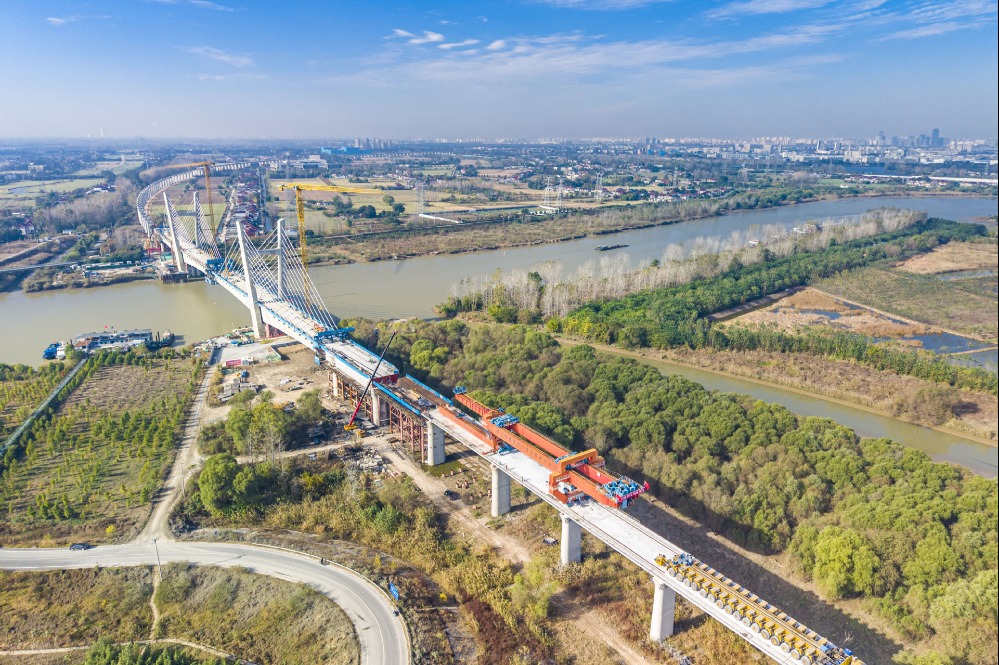Future of hypersonic flight hot thanks to China-UK research

British and Chinese scientists have developed a new kind of ceramic coating for use on hypersonic aircraft that is "vastly superior" to other materials, potentially improving the performance and durability of high-velocity planes and rockets.
Researchers at China's Central South University (CSU) and the United Kingdom's University of Manchester found the coating made of carbide, a compound composed of carbon, was 12 times better at withstanding temperatures of up to 3,000 C than standard ultra-high temperature ceramics (UHTCs).
The material is being studied at the University of Manchester's School of Materials and manufactured at CSU's Powder Metallurgy Institute.
Professor Philip Withers from Manchester, said: "Future hypersonic aerospace vehicles offer the potential of a step jump in transit speeds. A hypersonic plane could fly from London to New York in just two hours and would revolutionize both commercial and commuter travel."
But he said such planes would need protection from the extreme heat they would be exposed to.
Engines that can propel rockets beyond Mach 5 (6,173 kilometers per hour) have been around for some time, though producing materials that are able to repeatedly withstand the intense heat generated by air and gas in the atmosphere at such velocities still poses challenges.
Ping Xiao, a professor of materials science who led the study in Manchester, said: "Current candidate UHTCs for use in extreme environments are limited and it is worthwhile exploring the potential of new single-phase ceramics."
The new coating is made using a process called reactive melt infiltration and reinforced with a carbon composite, making it strong and resistant to degradation.
China has a well-developed hypersonic flight program that has achieved several breakthroughs. It has the world's largest hypersonic wind tunnel, which allows for research into flight in the Mach 10 to 15 range.
And the nation revealed in April that engineers conducted a test in 2015 on an engine that successfully propelled a rocket at speeds up to Mach 7 and altitudes of up to 30 kilometers.
While official test speeds have been kept under wraps by the military, China's DF-ZF experimental hypersonic glide vehicle, which first flew in 2014, is thought to operate in the Mach 5 to Mach 10 range.
And the Beijing Power Machinery Research Institute confirmed this year that its TRRE engine is on track for a 2025 test flight, when it could reach Mach 10.
Contact the writer at angus@mail.chindailyuk.com































